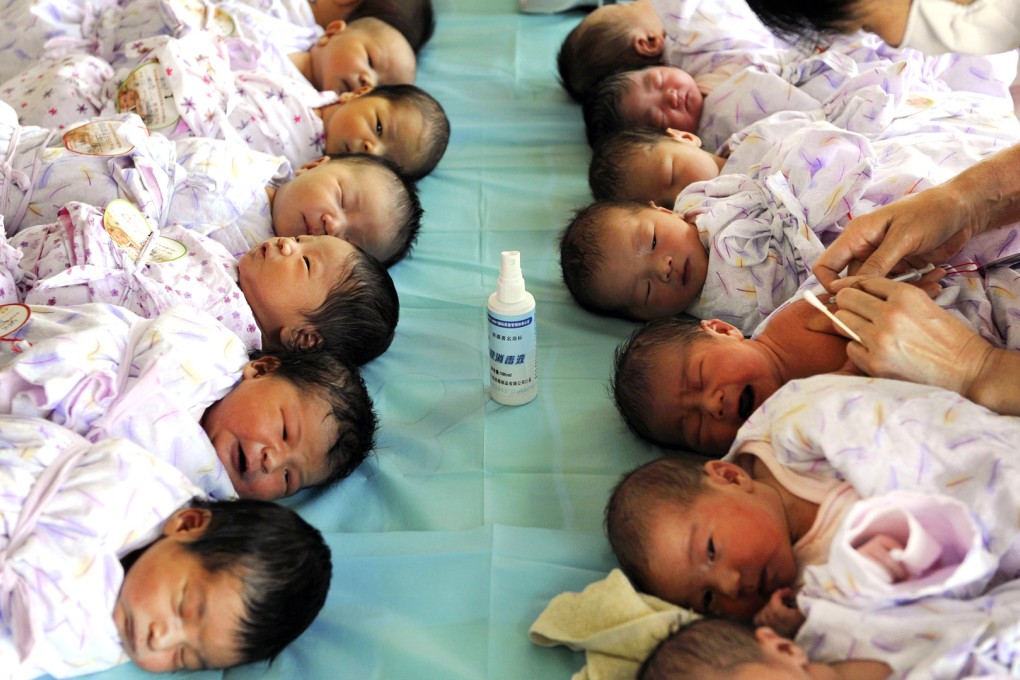Ending the one-child policy is just the start for China
Giving up on the one-child policy has proven hard to do. The Communist Party, after all, credits it with raising living standards and helping lift hundreds of millions out of poverty.

Giving up on the one-child policy has proven hard to do. The Communist Party, after all, credits it with raising living standards and helping lift hundreds of millions out of poverty. As a result decades of international criticism made no difference. But demographics, or ageing of the population attributable to the policy, finally did. The tipping point came three years ago with the news that growth in the percentage of the population of working age had stalled, signalling erosion of a regional competitive advantage of an abundant supply of cheap labour. This has prompted selective, incremental relaxation of the policy in recent times. Party leaders finally dumped it at an annual policymaking meeting this week, in favour of allowing all couples to have two children.
What forced their hand was worry about the impact on the future labour force of population engineering that cannot be reversed overnight. They feared rapid ageing would make China "old" before it reached developed economy status, and rich enough to support growing numbers of retirees and dependents. Apart from the economic argument, the end of the one-child policy finally addresses a painful legacy of abortion in favour of males, the prospect of millions of men without women, a distorted social fabric of children without siblings, aunts or uncles and, of course, the relentless condemnation of human rights and religious groups.
The decision is therefore long overdue. Eventually the two-child policy could help economic growth by lifting a birth rate well below replacement level. The question will be how much it does so. This is important, because global market research company Euromonitor International estimates China will lose its position as the world's largest population to India by 2025, with its working-age population set to go into continuing decline from next year as India's rises strongly.
News of the demise of the one-child policy has created expectations of a baby boom, not least among consumer goods companies that supply that market segment. They may be premature. There remain disincentives to having even one child, including education, health and housing costs. Having come to terms with the policy's use-by date, China's policymakers still have much to do to reverse its effects. They could start by studying the mixed experiences of countries that have tried to raise birth rates through inducements to couples to have more babies, including Japan and Singapore.